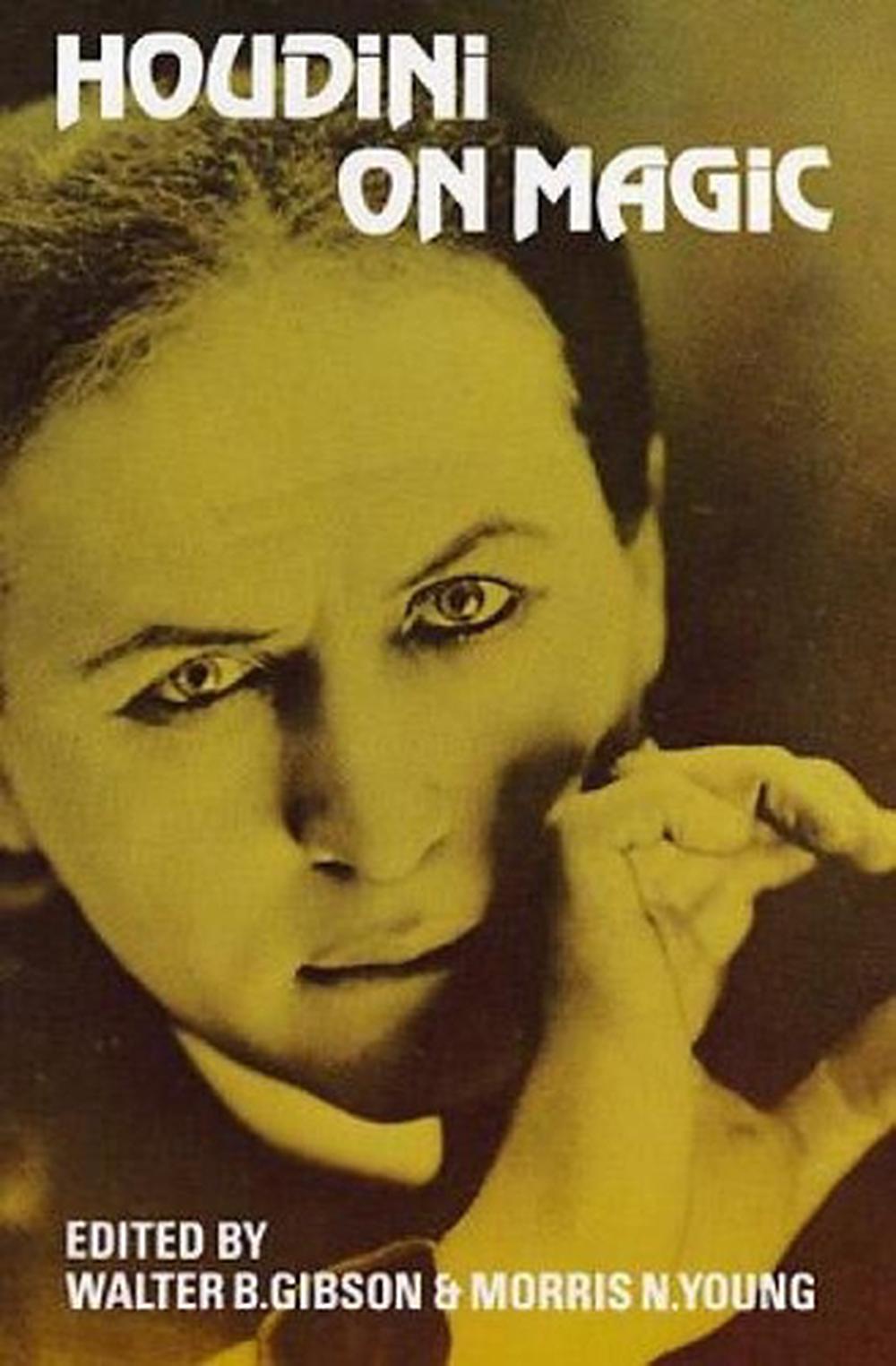
There are numerous Object types each with different capabilities. For more information on digital assets, refer to Chapter 11, Digital Assets. This can help keep your files organized and can also enable you to create a digital asset out of the object.

Inside the apple Object, you can put all the geometry and shaders you used to create it. For example, you can lay down a Geometry Object and name it apple. Some Object types are like containers that hold geometry operations and other things inside them. The Objects context, shown in Figure 1, is considered the top level of your Houdini file. For example, if you see the word POPs, you will know that particles are involved. This section briefly describes what each of the contexts do so that when you hear them elsewhere in the book, you will have a general understanding of what you can do with each of them. Each context has a unique color associated with its menus. Each of the different contexts has different capabilities and you move back and forth between them to achieve different objectives. Houdini is comprised of a number of contexts. But, what exactly are these near silly sounding names? These strange utterances are short names for the contexts available.

You have already read in a number of spots weird words like SOPs and POPs. In the next few months VFXWorld readers will learn the basics of the dominant tool that has been used in the creation of some of the most awe-inspiring animation and cinematic effects ever made. This is the next in a series of excerpts from the Thomson Course Technology book The Magic of Houdini by Will Cunningham.


 0 kommentar(er)
0 kommentar(er)
